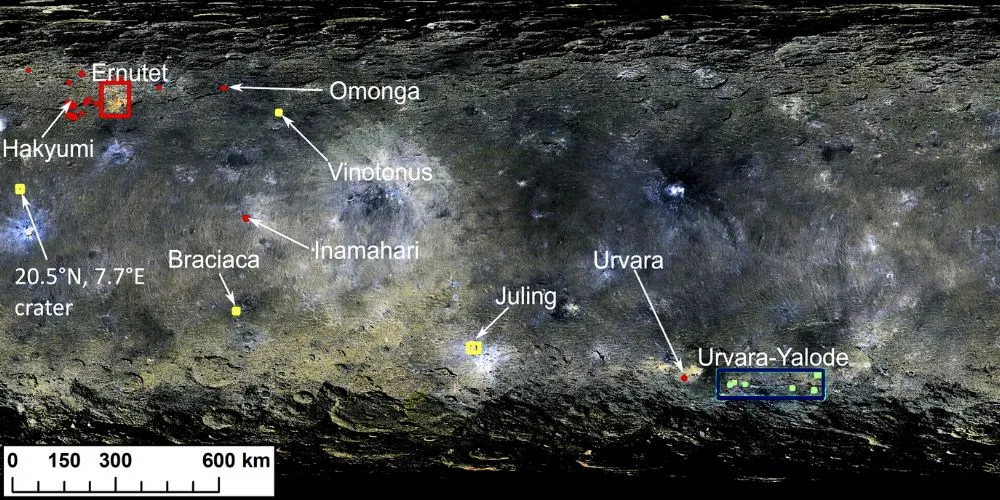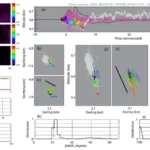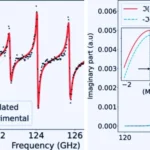Key Points
- Organic material on Ceres likely originated from asteroid impacts, not from its interior.
- The study used AI to analyze NASA’s Dawn spacecraft data, identifying aliphatic hydrocarbons on Ceres’s surface.
- Most organic deposits are located near the Ernutet crater, and there is no evidence of cryovolcanic or tectonic activity at these sites.
- Dawn’s instruments cannot detect all organic molecules, so there may be undiscovered compounds in Ceres’s subsurface ocean.
A groundbreaking study led by the Max Planck Institute for Solar System Research (MPS) in Germany suggests that the organic material found on the surface of dwarf planet Ceres likely originated from asteroids rather than from the planet’s interior. Published in the journal AGU Advances, the research utilized artificial intelligence to analyze data from NASA’s Dawn spacecraft, providing the most comprehensive analysis of Ceres’s organic deposits to date.
Ceres, located in the asteroid belt between Mars and Jupiter, has long intrigued scientists due to its unique cryovolcanism, where salty brine rises from its interior to the surface. However, the study reveals that this process is not responsible for discovering the organic material. Instead, the findings point to impacts from asteroids in the outer asteroid belt as the likely source of these compounds.
Organic molecules containing carbon, hydrogen, and other elements are essential building blocks for life. While they have been found on distant solar system bodies like comets and trans-Neptunian objects, their presence on Ceres raises questions about their origin. Using AI, researchers analyzed Dawn’s camera and spectrometer data to identify patches of aliphatic hydrocarbons—chain-like organic molecules—on Ceres’s surface.
The study found that most organic deposits are concentrated near the Ernutet crater in Ceres’s northern hemisphere, with only a few located farther away. Notably, these sites show no signs of cryovolcanic or tectonic activity, ruling out an internal origin. Computer simulations suggest that asteroids from the outer asteroid belt, which frequently collide with Ceres, could have delivered the organic material without destroying it due to low-impact temperatures.
While the findings clarify the origin of the detected organic compounds, they also leave room for further exploration. Andreas Nathues of MPS notes that Dawn’s instruments cannot detect all organic molecules, leaving the possibility that Ceres’s underground ocean may harbor additional life-building compounds. A future lander mission could provide definitive answers.










